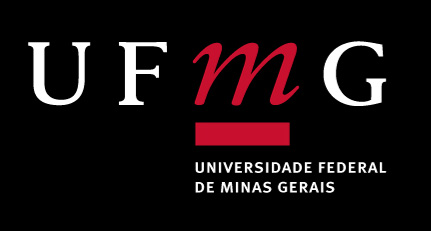A memória na Floresta
DOI:
https://doi.org/10.35699/2237-549X..24476Keywords:
Floresta neighborhood, pericentral neighborhoods, memory, literatureAbstract
Contemporary cities undergo transformations, which are essentially demanded by functional and occupational issues. The pericentral neighborhoods, by their location and influence of the downtown activities, are more vulnerable to these transformations. The Floresta neighborhood, in Belo Horizonte/Minas Gerais, one of the oldest in the city, has been presenting such peculiarities in the deconfiguration of the original landscape, significant for the city’s history. As the cradle of several writers and poets, passages of these intellectuals are recorded in the Floresta. The aim of this work is to portray the potentialities of a pericentral neighborhood and to record the changes occurring in the local landscape, through literature, with emphasis on the poems and novels of the resident authors. The importance of these literary records makes it possible for the memory of the neighborhood to remain alive for those who lived in Floresta and those who inhabit or will inhabit the place, in understanding the process of evolution of this pericentral neighborhood and in the search for the preservation of its heritage.
Downloads
References
ANDRADE, C. D. de. Esquecer para lembrar (Boi tempo III), Rio de Janeiro: Livraria José Olímpio, 1979.
______. Mudar o rumo da vida. Revista do Arquivo Público Mineiro. Belo Horizonte, v. 35, 1984.
______. Retiro espiritual. Revista do Arquivo Público Mineiro. Belo Horizonte, v. 35, p. 124, 1984.
AMORIM FILHO, O. B. O contexto teórico de desenvolvimento dos estudos humanísticos e perceptivos da Geografia. In: Percepção ambiental: contexto teórico e aplicações ao tema urbano. Belo Horizonte: IGC/UFMG, 1987, p.9-20.
AVELLAR, J. C. O chão da palavra. Rio de Janeiro: Rocco, 2007.
BORDE, J.; BARRÉRE, P.; CASSOU-MOUNAT, M. Les villes françaises. Paris: Masson, 1980.
BOSI, E. O tempo vivo da memória: ensaios de psicologia social. São Paulo: Ateliê Editorial, 2003.
HALBWACHS, M. A memória coletiva. São Paulo: Centauro, 2003.
LE GOFF, J. História e memória. Campinas: Editora da Unicamp, 2003.
MACEDO, S. S. Quadro do paisagismo no Brasil (1783-2000). São Paulo: Edusp, 1999.
MACHADO, L. M. C. P. A Serra do Mar Paulista: um estudo de paisagem valorizada. 1988. Tese (Doutorado em Geografia) – IGCE/UNESP. Rio Claro, 1988.
MARANDOLA JR, E.; OLIVEIRA, L. de. Geograficidade e espacialidade na literatura. Geografia, Rio Claro, v.34, n.3, p.487-508, set./dez. 2009.
NAVA, P. Balão cativo - memórias II. 3.ed. Rio de Janeiro: Livraria José Olímpio,1977. -----. Beira-mar - memórias IV. 3. ed. Rio de Janeiro: Nova Fronteira, 1985.
NORA, P. Entre memória e história: a problemática dos lugares. In: Projeto História. São Paulo, n. 10, p. 7-28, dez. 1993.
PAISAGEM Floresta: versão preliminar. Belo Horizonte: [s.n.]. 1990. (Concurso de monografias de história de bairros da região leste de Belo Horizonte - Grupo Pardal).
REIS, A. Tema para solar um equívoco. Belo Horizonte: Lettera Maciel, 1993.
SABINO, F. Encontro marcado. Rio de Janeiro: Record, 1980.
SILVA, N.; D´AGUIAR, A. A. Belo Horizonte, a cidade revelada. Belo Horizonte: Fundação Emílio Odebrecht, 1989.
TEIXEIRA, M. C. V. Evolução e percepção do ambiente em um bairro pericentral de Belo Horizonte: a Floresta. 1996.157fl. Dissertação (Mestrado em Geografia: Organização Humana do Espaço) Universidade Federal de Minas Gerais – Instituto de Geociências. Belo Horizonte, 1996.
TUAN, Y. F. Espaço e lugar: a perspectiva da experiência. São Paulo: Difel, 1983.
URTIZBEREA, I. A. Recordar y olbidar: emprendedores y lugares de memoria. In: URTIZBEREA, I. A. (Org.). Lugares de memoria traumática: representaciones museográficas de conflito políticos y armados. Bilbao: Servicio Editorial, 2017.
Downloads
Published
How to Cite
Issue
Section
License
Copyright (c) 2020 Maria Cristina Villefort Teixeira

This work is licensed under a Creative Commons Attribution 4.0 International License.
Os artigos desta revista obedecem a licença Creative Commons — Attribution 4.0 International — CC BY 4.0









